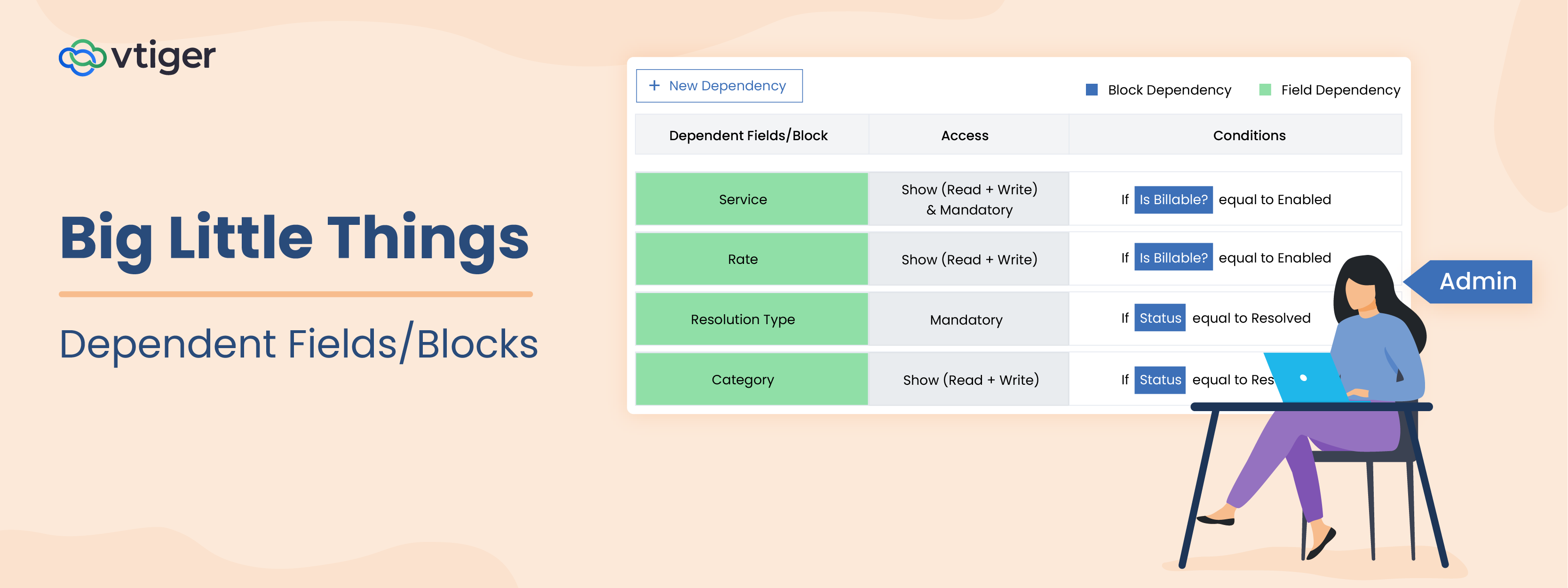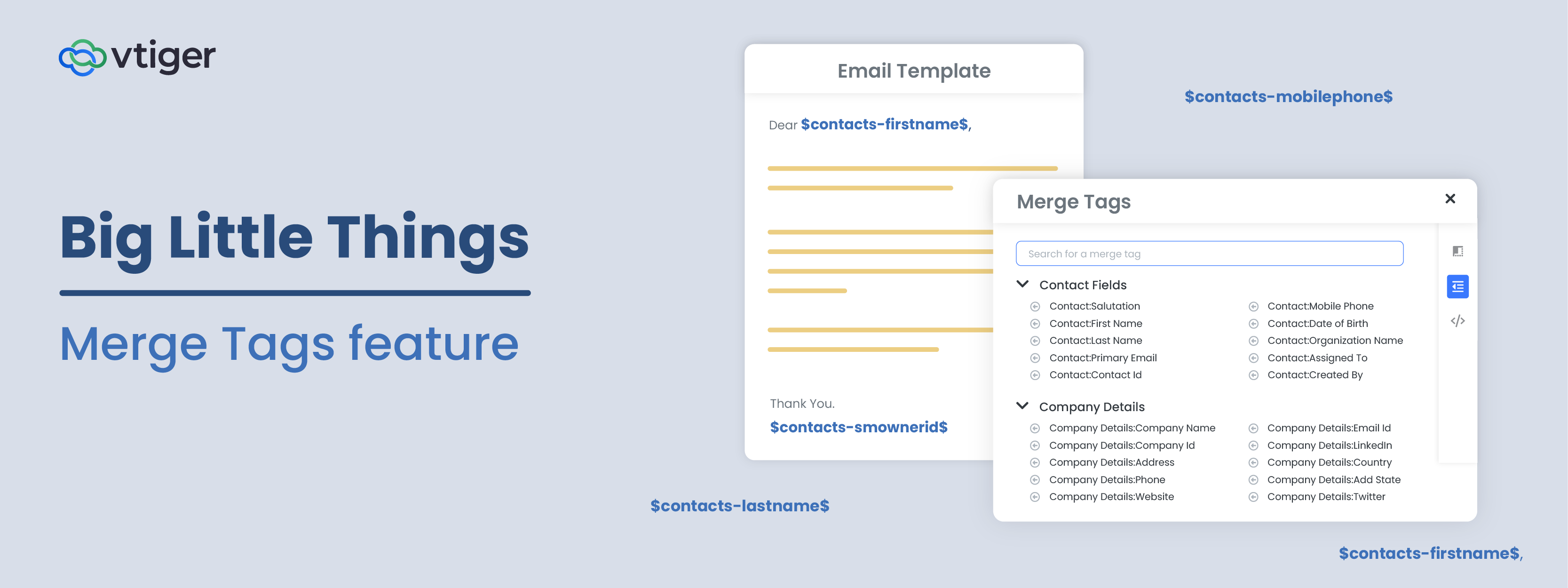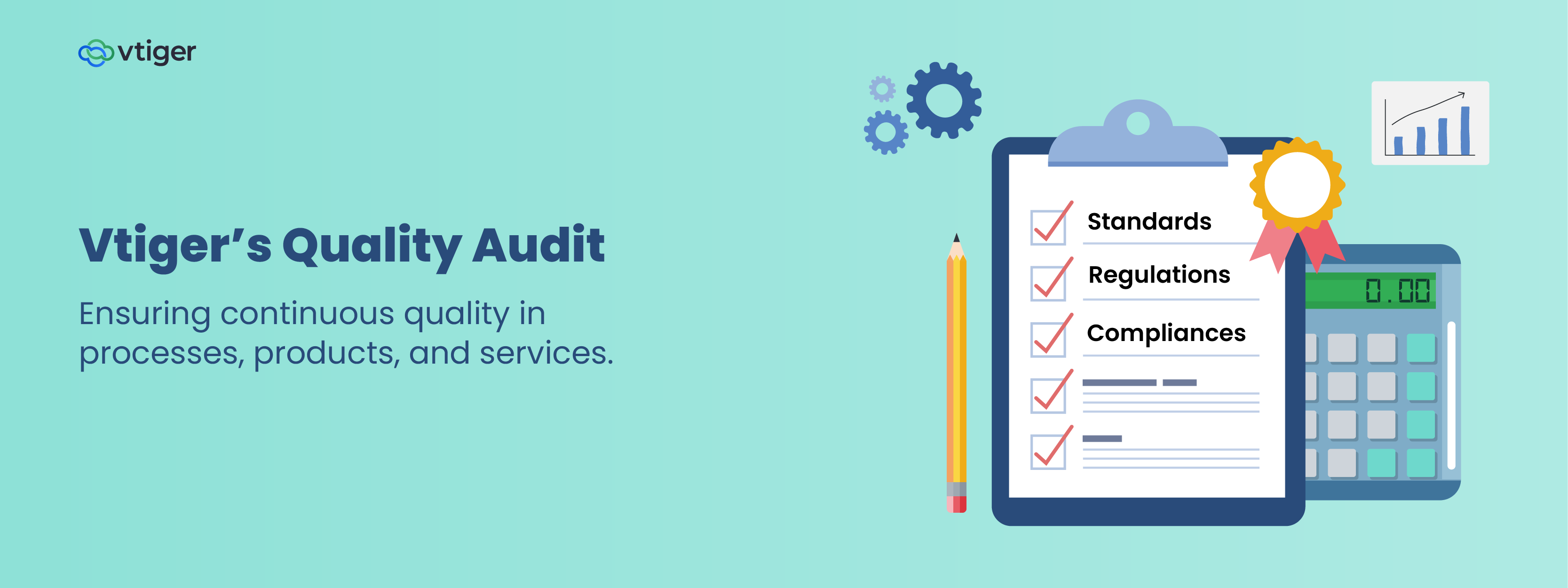Social networks like Twitter and Facebook may have jumped to the forefront of online discourse, but email remains the most consistent way to communicate with active or potential customers. Businesses of all sizes need to craft mailing lists that add value to readers and avoid the pitfalls of spam.
More messages than marketers would like to admit that go out to a mailing list end up being deleted or forgotten without every being opened or read. This can hurt your business in the long run as customers become less engaged with your brand.
Whether you want to reach out to a prospect for the first time or request a customer referral after deal closure, use these email templates to grab attention and get replies.
It’s critical to keep your list interested in what you have to say. Here’s how to do just that.
Make it useful

Every message you send should have a simple, clear, and actionable purpose. Avoid stuffing your emails with generic information that readers already know or can find easily elsewhere. Instead, focus on news or updates that are timely and relevant and make it entertaining if you can.
Information in emails should take advantage of HTML formatting without being too cumbersome to navigate or read. The template and style of your email design should be in line with the branding of your company and primary website. This ensures a consistent experience for your readers.
Keep in mind that HTML used badly can land your email in spam. Here are the best practices:
- Keep the width to 600-800 pixels
- Low image to text ratio (this means emails comprised entirely of one large image)
- Don’t use weird fonts (Arial, Verdana, Georgia, New Times Roman are ok)
- Optimize for mobile
- Keep your code clean!
When it comes to hyperlinks, you should integrate them well into your email marketing with clear colors or buttons. Be aware that some email clients scan for suspicious links, so your URLs should always point to the correct destination page on your primary website.
Make it personal
Static and boilerplate emails are often seen as boring and tend to be ignored or deleted. To avoid this pitfall, work to make your communications as personalized and dynamic as possible.
For example, if you are sending out an email campaign about an upcoming sale in your online retail store, individualize the content as much as possible. At the very least, use a greeting at the beginning of the email that dynamically retrieves the full name or username of the person receiving the message.
If possible, generate the body of the email based on information you’ve stored about the customer’s account. The message could highlight certain products that the reader may be especially interested in because they bought something similar in the past. Of course, avoid including too much personal information within an automated email, as this could be seen as risky, not secure, and maybe a little creepy.
Stay out of spam filters

The nightmare scenario for an organization is to have emails caught in a spam filter and never even delivered to the intended recipient. Mailing list messages can be marked as junk for a variety of reasons, so it’s important to monitor the situation closely.
Here’s where your web host you choose can make a difference. Free and very cheap hosts tend to attract spammy and sometimes outright criminal clients. Google notices this, and isn’t timid about penalizing such operations in search rankings and through deliverability of emails through Gmail. In other words, any emails associated with blacklisted domains are immediately sent to the spam folder.
The bad news is, even if you’re playing by the rules, your website can be tarnished by association
The bottom line is that a quality host that is embraced by Google is worth its weight in gold to an online marketer. Think of your web host choice as a business partner. Look for one that supplies the important performance metrics like site speed, uptime, and customer support. At the end of the day you get what you pay for.
Good hosts also include premium marketing tools that include spam protection and alert you if the content you have drafted for a mailing list could potentially be blocked by filters.
The power of questions
Mailing list messages should aim to achieve a specific goal, also known as a user conversion. For example, the goal of your latest email may be to convince readers to click on a product link and then add it to their shopping cart. But how exactly are you supposed to achieve that result?
One tactic to consider is framing your email content with questions. Obviously these will be rhetorical in nature as replies to marketing emails are not very common. However, you can still drive reader actions by asking the right questions and bringing focus to your primary goal.
For example, if you are highlighting a new software application in your company’s marketing email, you could begin with a question asking how long it takes the reader to perform a given task or function. This would then lead into a longer analysis of how the new software tool can improve performance and save valuable time.
While questions do carry a lot of power in emails, you want to avoid drowning readers in them as they will gradually lose their value. Also try to limit the number of yes-or-no questions you include in your marketing, because if a reader opens the message and answers no to the first question, they are likely to close or delete it right away.
Subject lines!
No matter how loyal your customers are, you still only have a brief window in which to capture their attention and convince them to read the email. Sometimes even convincing a user to open a message is the hardest part, and that’s where the almighty subject line becomes crucial to your marketing success.

In general, the best practice is to keep subject lines as short as possible while still communicating the purpose of the message clearly. Long subjects look clumsy and are less likely to be opened. Consider personalizing the subject with the recipient’s name or a piece of timely information.
The leading email marketing platforms include tools for conducting A/B testing on subject lines, where you configure two small groups of recipients and send out an email blast with two separate subjects. Then compare the results and determine which subject line was better at persuading customers to open the message and take action.
There are a few ways you can go about creating a subject line, but a few principles have held consistently true. Aim for:
- Straightforward simplicity – “Your Amazon order”
- Humor – “Please touch me!”
- Shock – “6 Titanic survivors who should have died”
- Single word – “Connecting…”
- Numbers/lists – “Your 7 most annoying habits”
- Questions – “Rough day?
Subject line writing is an art and science that has been studied much and might be the one thing standing between you and an open rate that yields fortune and glory. If you’re going to get good at anything, get good at this.
Keep in mind an excellent email doesn’t have to be long. Something as short and simple as the following can get the job done very well.
The Bottom Line
As a recipient of thousands (millions?) of emails in your lifetime, you are probably innately aware of what makes you delete or engage with the message.
These tips just delivered will hopefully help focus your conscious mind on how to up your email game because, trust us, even in this social media crazy world, email is still a vibrant, effective component of conducting successful online business.
Looking for a tool to quickly build and send personalized email campaigns? Try Vtiger today!
About the author

|
Gary Stevens is a front end developer. He’s a full time blockchain geek and a volunteer working for the Ethereum foundation as well as an active Github contributor. |
|---|



